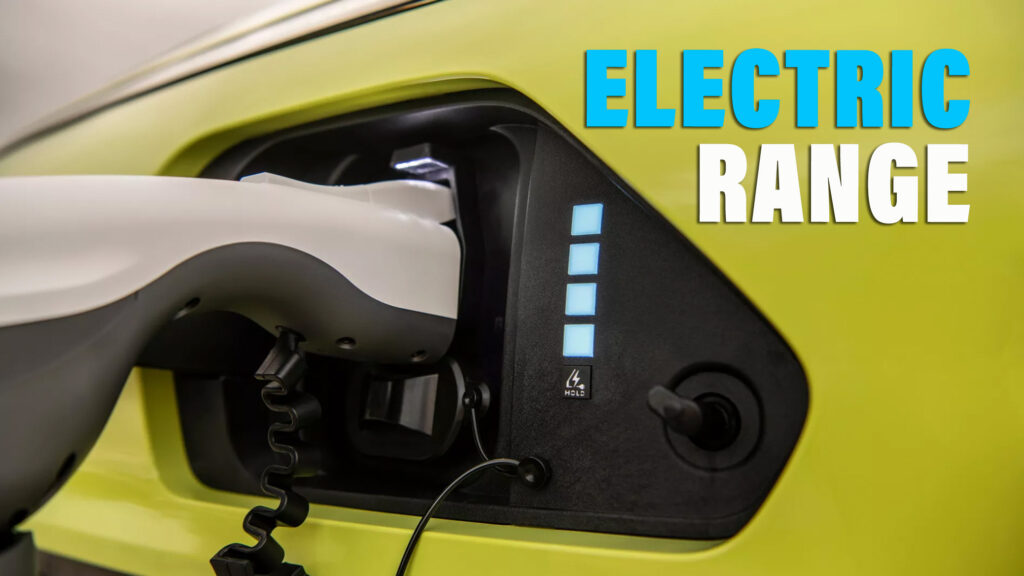Electric cars have come a long way in the past decade, and now some of them can go a long way, too. A 2014 Nissan Leaf had an EPA range of just 84 miles (135 km), but now many affordable family EVs can do more than 300 miles (483 km) on a single charge, and some more expensive models, like the Lucid Air Grand Touring, can stretch a charge to a diesel-like 516 miles (830 km).
That doesn’t mean all modern EVs are huge mile-eaters. Mazda axed the 100-mile (161 km) MX-30 at the end of the 2023 model year but a handful of electric cars on sale for 2024 still struggle to top 200 miles (322 km) and plenty can’t manage more than 250 miles (402 km) before forcing you to reach for a plug. And that might be fine if you know for sure you’re never going to stray far from home, have a ton of patience, or have the use of other vehicles, but it severely limits their usability for single-car households.
Mercedes EQB 350 4Matic – 221 miles
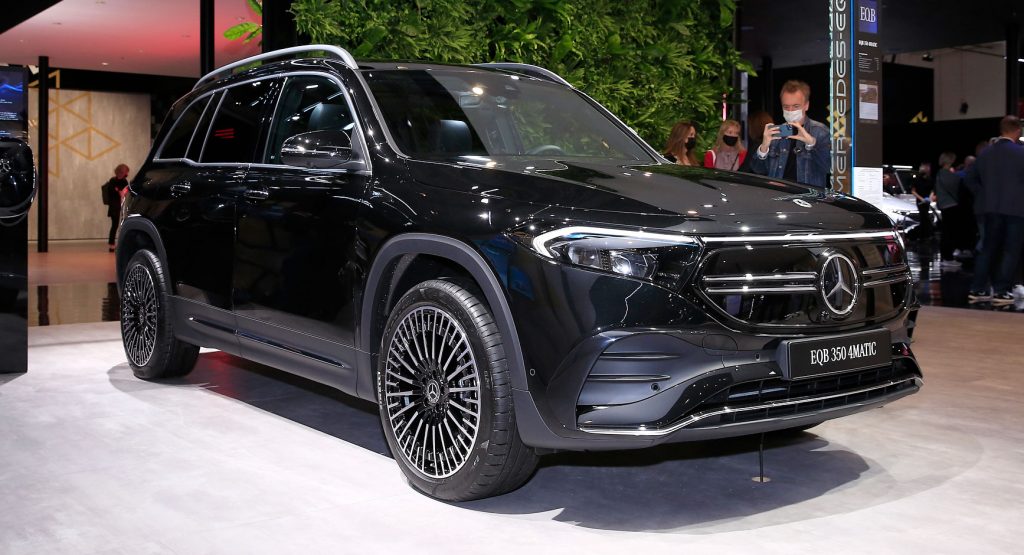
Related: All The Stars Are Shining For Facelifted 2024 Mercedes EQA And EQB
An EPA range of 350 miles (563 km) makes the Mercedes EQS 450 Plus luxury sedan a solid long distance EV cruiser, but it’s a different story at the other end of the EQ scale. The little EQB comes with three different powertrain setups but they all use the same 70.5 kWh battery so their driving ranges vary from short to very short. Best for the plug-averse is the entry-level EQB 250+, which is rated at 245 miles (394 km), followed by the EQB 300 4Matic (232 miles / 373 km), while the EPA says the flagship EQB 350 4Matic needs a top-up after 221 miles (356 km). European models have just been upgraded with new star-pattern grilles and more range, but they’re not yet on sale in the U.S.
Hyundai Ioniq 5 Standard Range – 220 miles
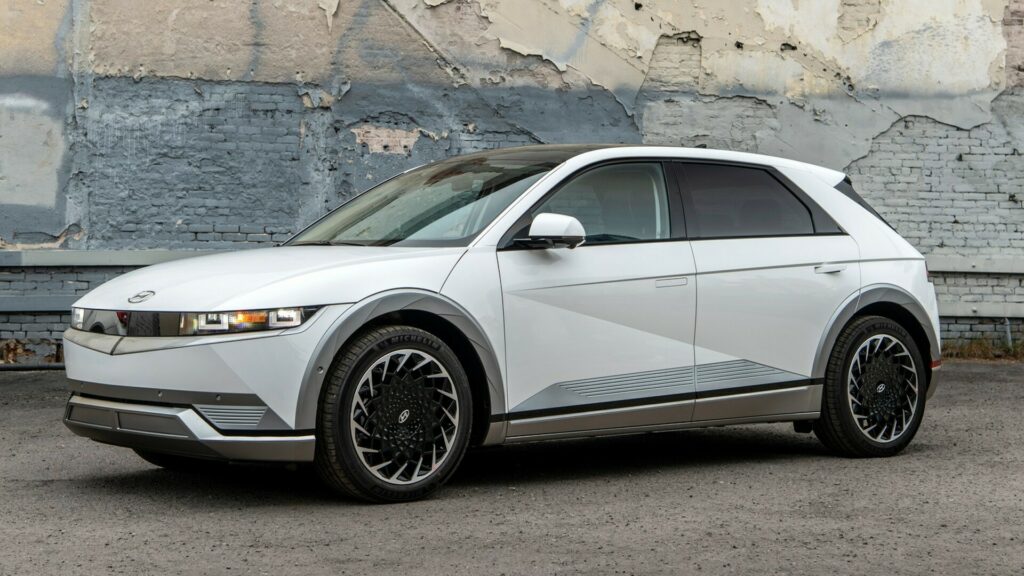
Our spy photographers tell us that Hyundai is working on a facelifted version of the Ioniq 5 that will be on sale in the U.S. for 2025, and it’s safe to assume that the Korean firm will take the opportunity to improve the look of the EV and its range numbers. The Long Range version of the 2024 model manages a respectable 303 miles (488 km) between charging sessions, but only in single-motor, RWD trim, and the base Standard Range car is only rated at 220 miles (354 km).
Lexus RZ 450e – 220 miles
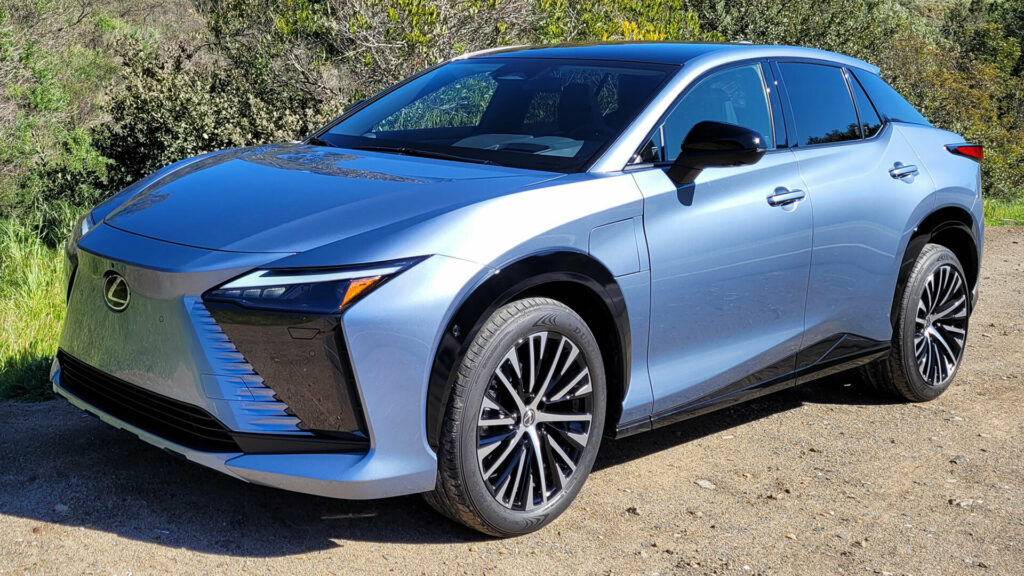
Given the bashing the Toyota bZ4X and Subaru Solterra twins have received over their EV range, it’s interesting to note that neither makes an appearance in this hall of shame. But their Lexus RZ cousin does. The RZ gets the same 63.4 kWh battery pack as the bZ4X and Solterra, but its touring abilities are even more limited. Limit yourself to the stock 18-inch rims when ordering and your car comes with a 220-mile (354 km) EPA rating, but succumb to the aesthetic pull of the sexier 20s and the range drops to 196 miles (315 km).
Kia EV6 GT – 218 miles
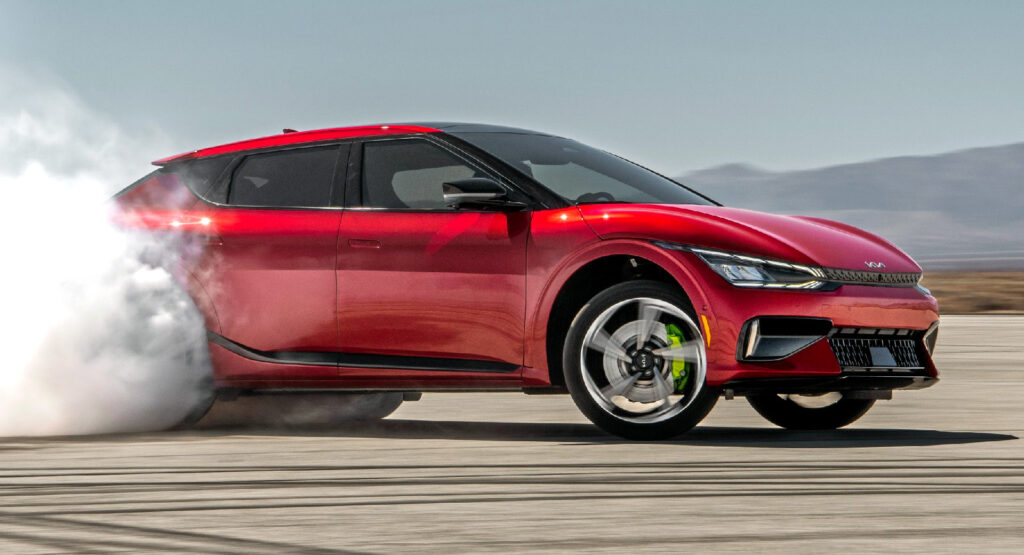
Kia’s 576 hp (585 PS) EV6 GT can devour a quarter mile of asphalt in less than 12 seconds, but it can also chew through an entire battery in 218 miles (351 km) and that’s only if you abstain from enjoying its crazy performance. Fortunately you can have fun in an EV6 and travel for more than a couple of hours between fills by settling for the RWD GT-Line. That can cover 310 miles (499 km) on a fresh battery, but only has 222 hp (225 PS), so don’t expect to be showing supercars your taillights.
VW ID.4 – 209 miles
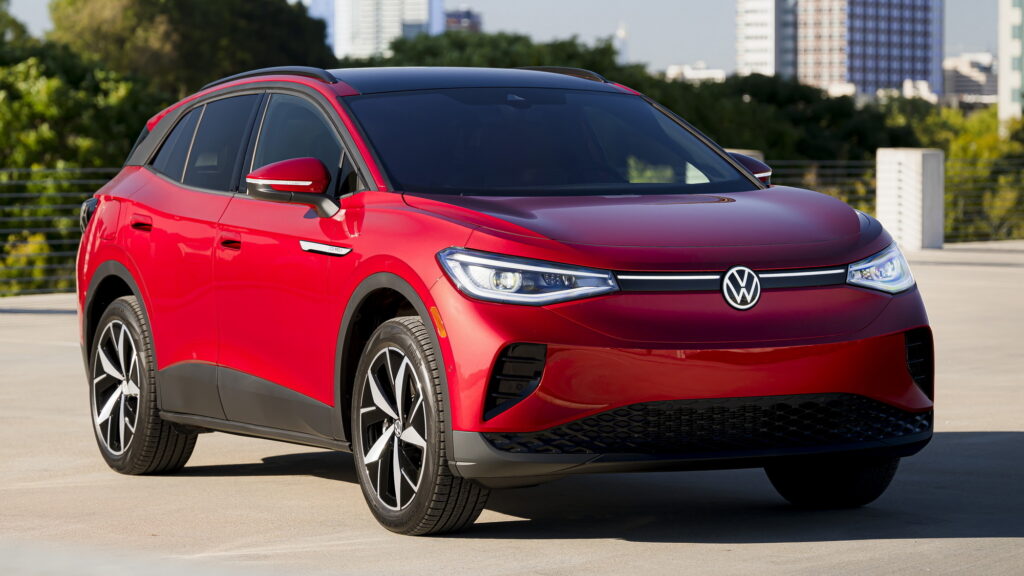
The ID.4 received some welcome updates for 2024 that give models with the 77 kWh battery more power, more range and much improved infotainment system. But the only good news for ID.4s with the base 58 kWh battery is a tiny increase in DC charging speed from 110 to 115 kW. Those entry-level EVs don’t get a power boost or the new infotainment screen, and while EPA numbers haven’t yet been revealed they’re unlikely to be much different to the 209 miles (336 km) claimed for the base 2023 car.
Porsche Taycan 4S – 206 miles
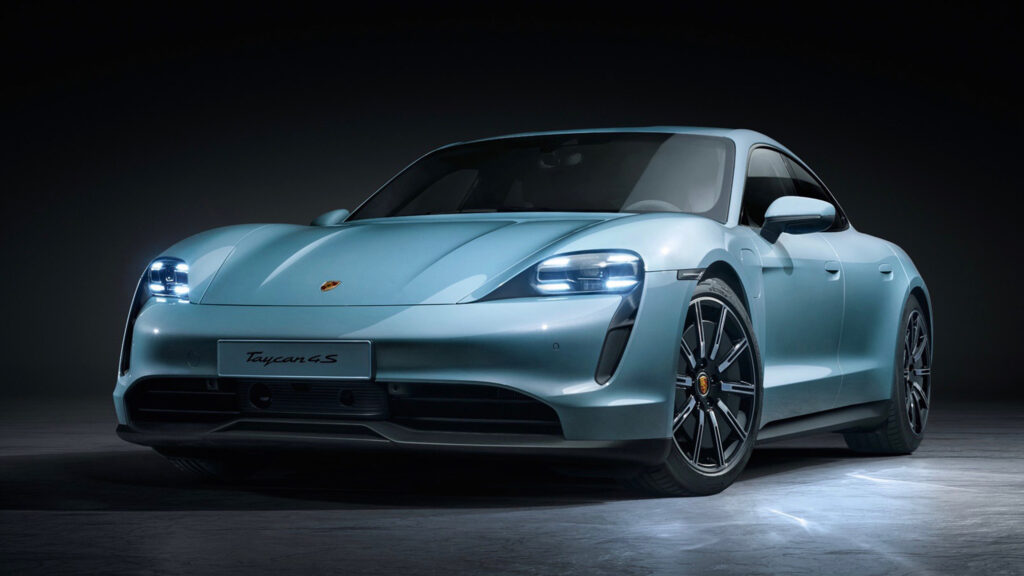
Its 800-volt charging tech makes the Porsche Taycan one of the fastest-charging EVs you can buy, which is just as well, because its electric range is pretty lousy. Even the longest-legged Taycan can’t deliver more than 246 miles (396 km) from a charge, and the worst offender, the Taycan 4S with the base 71 kWh Performance Battery, is rated at just 206 miles (332 km). But we know from our spy shots that Porsche is about to reveal a major facelift for the Taycan before the end of 2023, so expect some major improvements across the range.
Nissan Ariya Engage E-4ORCE – 205 miles
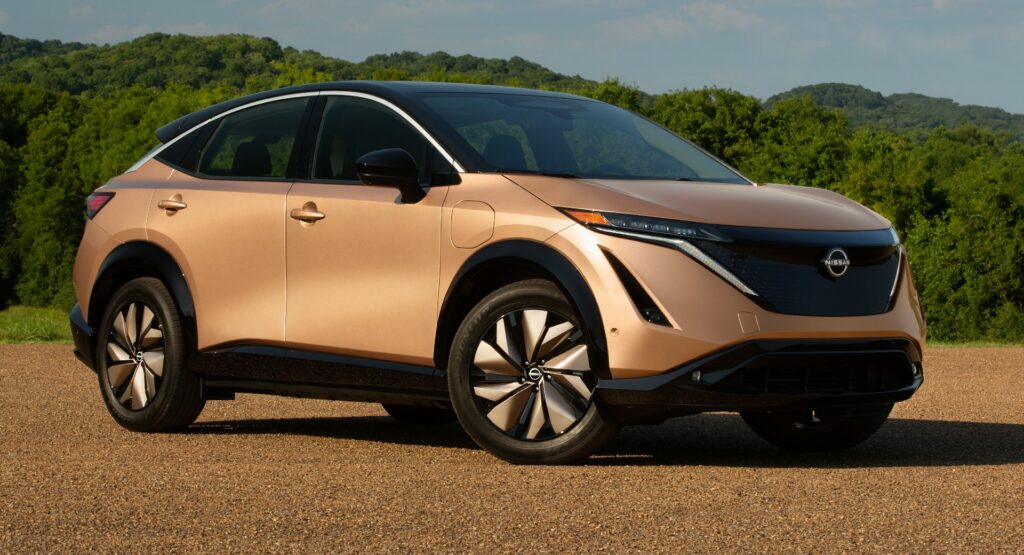
Related: Watch Out, Ioniq 5 N, Nissan’s Working On An Ariya Nismo
Click the right buttons on Nissan’s configurator to select the 87 kWh battery pack and single-motor powertrain and you can bring home an Ariya SUV that will take you 304 miles (489 km) from that same home before needing a charge. But do the reverse and mate the smaller available 63 kWh pack with a bi-motor, all-wheel drive setup and you’ll shrink that EPA range by almost a third to 205 miles (330 km).
Fiat 500e – 150 miles (estimate)
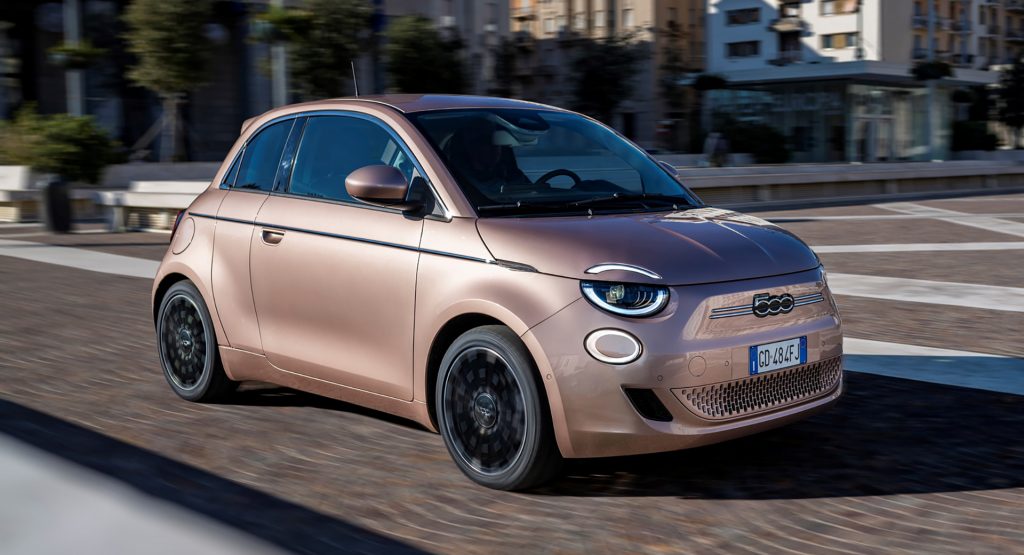
The reinvented electric 500 has been on sale in Europe for a couple of years and will finally make its way to America for 2024, the automaker says. Details are a little sketchy regarding what kind of spec will be offered in the U.S. but most smart guesses say the bigger of the the two available batteries offered in Europe will be the only one to make the trip across the Atlantic since even that only measures 37.3 useable kWh. Generous European WLTP figures put the range at 199 miles (320 km) but we wouldn’t be surprised if the glass-half-empty EPA team knocks that back to nearer 150 miles (241 km).
Nissan Leaf – 149 miles
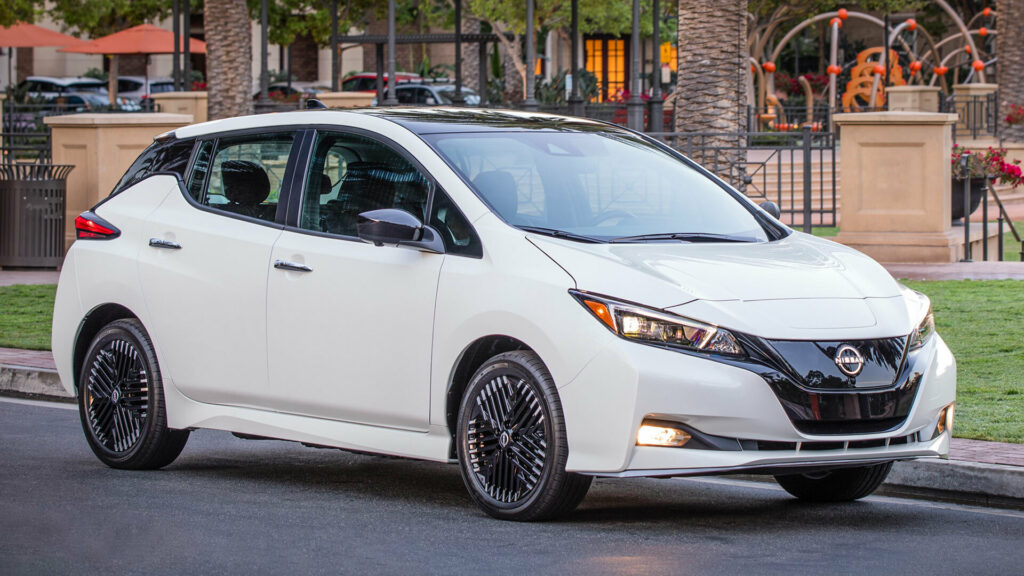
We opened this story by remembering that the 2014 Nissan Leaf had an EPA rating of just 84 miles (135 km), but a decade on you can order a Leaf that can travel two and a half times as far on a charge. That 212-mile (341 km) ability is still relatively low, but it’s fine for urban use. The snag is that only the more expensive versions of the Leaf with an 62 kWh battery can go that far. The entry-level car has a 40 kWh power supply and is only rated at 149 miles (240 km).
Mini Cooper SE – 114 miles
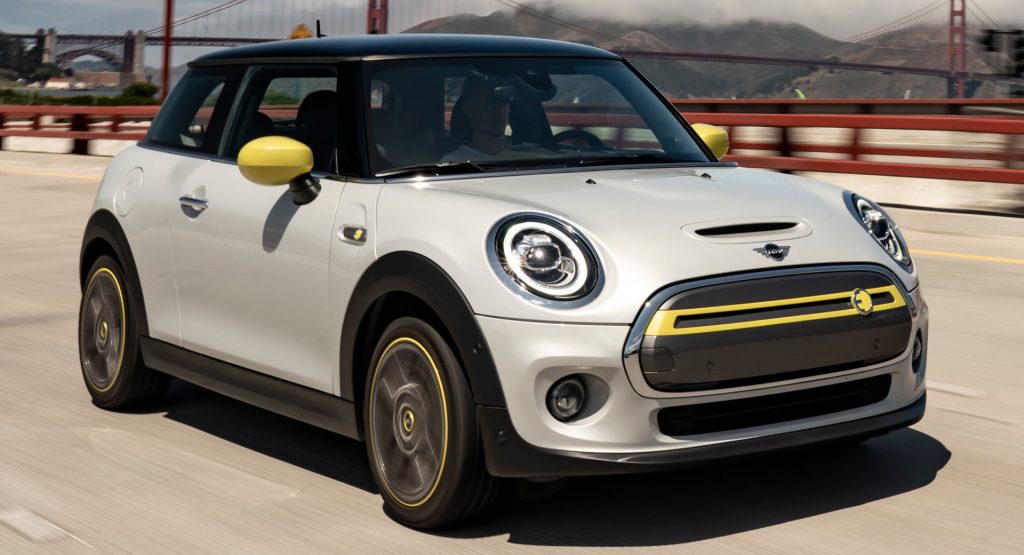
Now that Mazda has dropped the MX-30 from its U.S. lineup there’s no EV left to shield the Mini Cooper SE from the shame of having the shortest driving range of any EV in America. You don’t buy a Mini to do long distances anyway, and if you do want to, hang on until 2025 when the all-new electric Mini Cooper hatch gets here.
That’ll be available in Cooper E (40.7 kWh) and Cooper SE (54.2 kWh) grades, with the big guy offering 249 WLTP miles (401 km), so the EPA number will likely start with a ‘2,’ while the Cooper E should still be good for 150 miles (241 km). Both will be infinitely more practical than the current car, which can only do 114 miles (183 km) on a full charge.




